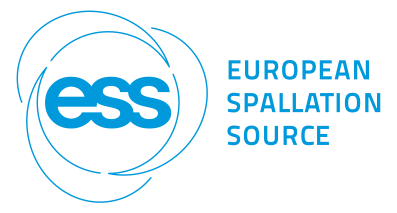Description
Very cold neutrons (VCN) cover a wide spectral range within the long-wavelength tail of typ-ical sources for cold neutrons, with energies below 1 meV down to few hundreds of neV, the domain of ultra-cold neutrons (UCN). Clathrate hydrates exhibit intrinsic properties that make them suited as moderators in novel, more intense sources of VCN. Such sources hold potential to significantly enhance existing neutron scattering techniques, including small-angle neutron scattering (SANS) for improved spatial resolution and time-of-flight (TOF) or neutron spin-echo (NSE) spectroscopy for better energy resolution. In particle physics, higher VCN intensities would increase the sensitivity of experiments employing slow neutron beams, such as searches for neutron-antineutron oscillations or static neutron electric dipole mo-ments (EDM) [1].
The efficacy of clathrate hydrates as moderators arises from localized low-energy modes of entrapped guest molecules, enabling efficient down-scattering of neutrons without being constrained by a dispersion relation. These facilitate down-scattering of neutrons, which is not restricted by any dispersion relation, allowing an efficient thermalization even at lowest neutron temperatures. Of particular interest are hydrates hosting dioxygen (O2) and tetrahy-drofuran (THF) as guest molecules. THF provides a broad excitation spectrum, while dioxy-gen provides an additional path for neutron slowdown by exploiting the zero-field splitting of its magnetic triplet ground state [2].
Here, we report results from a comprehensive experimental investigation of low-energy dy-namics and total cross section of different clathrate hydrate compounds using neutron scat-tering and transmission techniques. This campaign is part of a collaborative effort to develop a high-intensity cold neutron source at the European Spallation Source (ESS), including the development of novel scattering kernels to inform future design studies [3]. Our measure-ments serve as a baseline for NCrystal [4] scattering kernels, which are available to the com-munity [5] to explore this novel moderator material for emerging neutron facilities. First studies were made as part of the HighNESS project for the ESS second moderator [3].
References
[1] V. Czamler, PhD Thesis, Univ. Grenoble Alpes (2024)
[2] O. Zimmer, Phys. Rev. C 93, 035503 (2016)
[3] V. Santoro et al., arXiv:2309.17333 (2023)
[4] X.-X. Cai, T. Kittelmann, Comput. Phys. Commun., 246, 106851 (2020)
[5] S. Xu, ncmat-clathrates, GitHub (2024)
